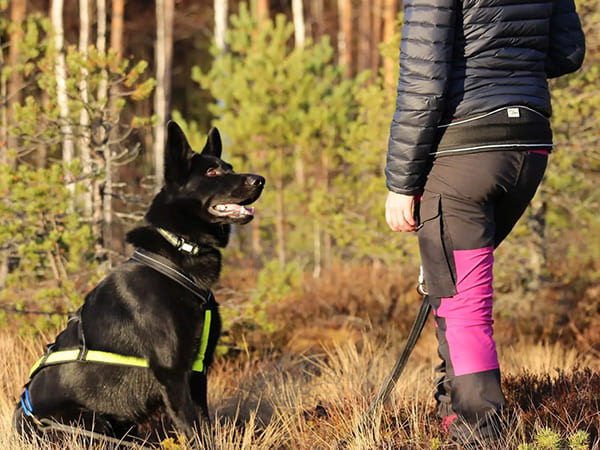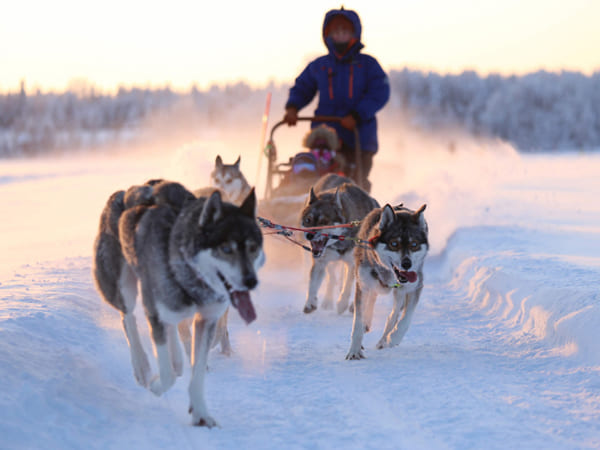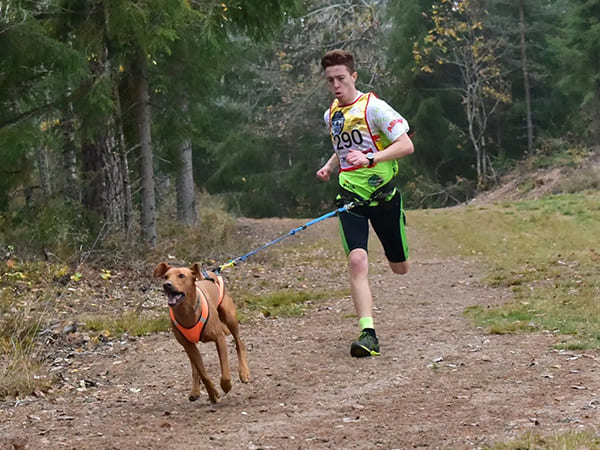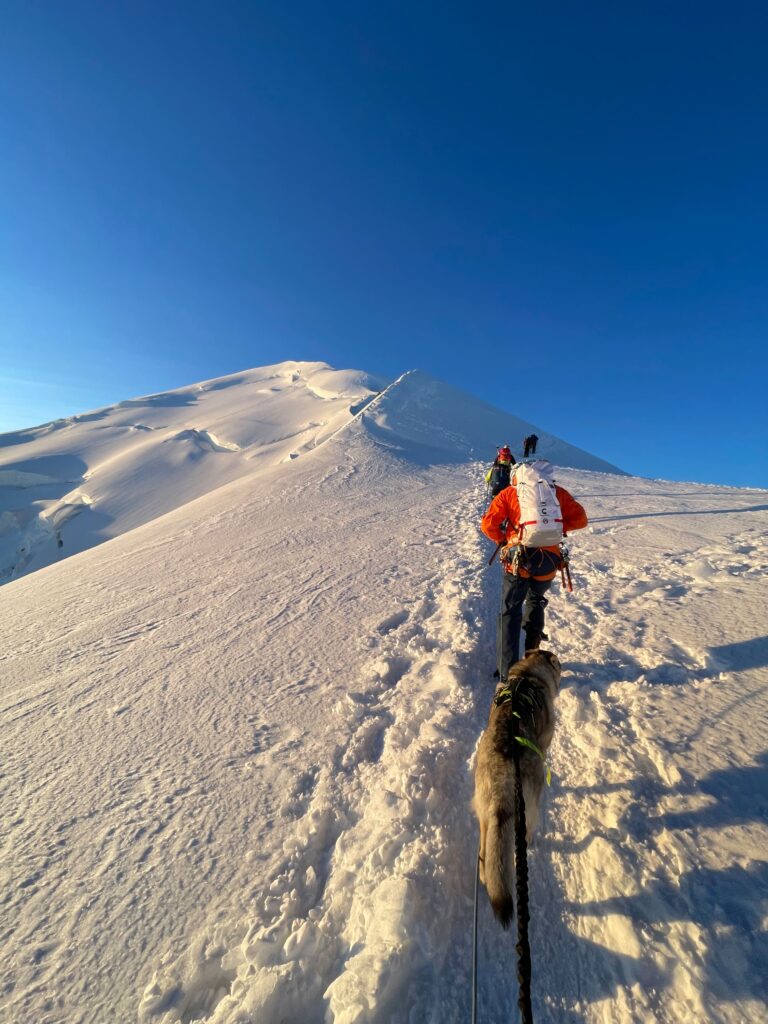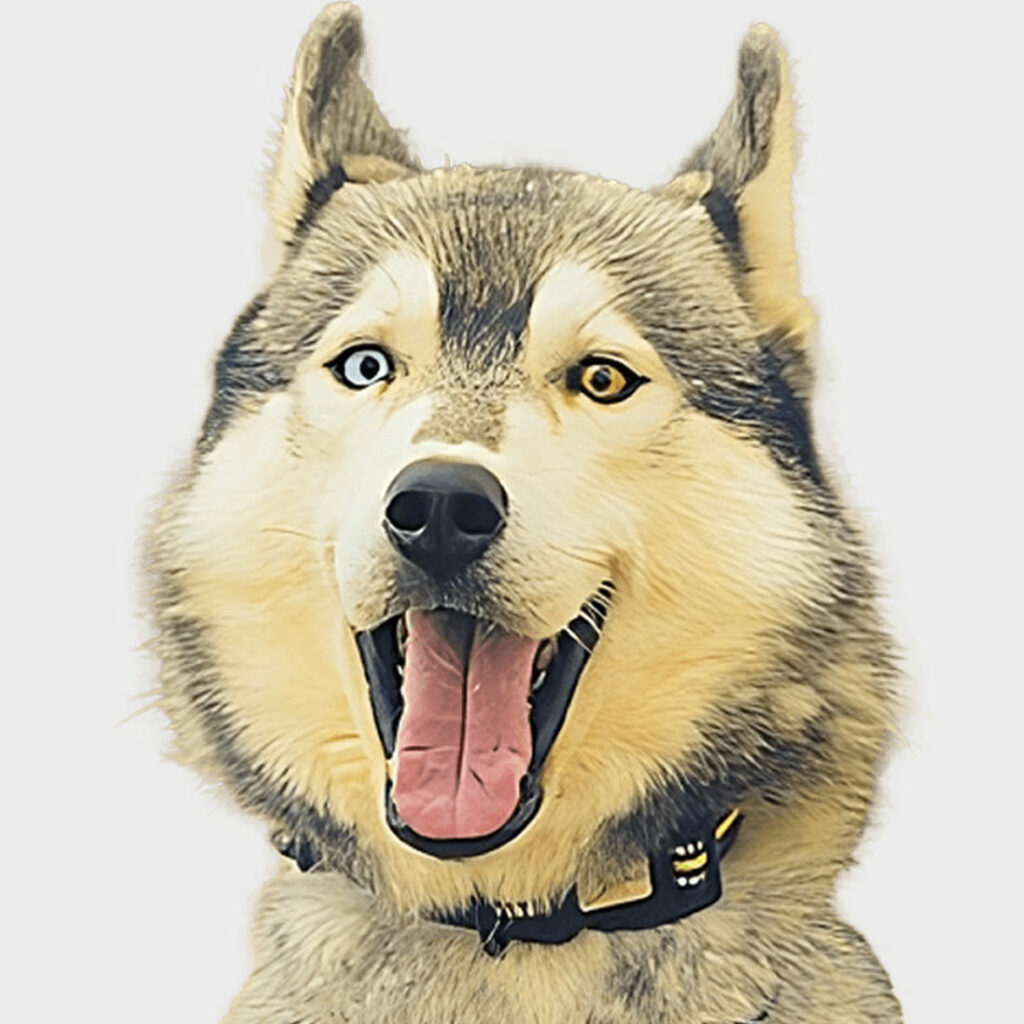THE WALKING WOLF: Thomas and Numb on Europe’s highest peak, Mont Blanc 4,807m asl
Together, we have been on extraordinary adventures: we have hiked difficult trails to reach the summits of the highest mountains in Italy, at altitudes of over 4,000 metres, tackled challenging obstacles and admired breathtaking views. Now, we have just fulfilled a lifelong ambition: enjoying a delicious sandwich sitting on top of Mont Blanc’s 4807-metre peak, which we climbed via the Italian route.
This amazing achievement was made possible thanks to more than a year of painstaking and careful preparation. It is this extensive preparation that makes all the difference to our own experience and means we can guide you competently and safely on your own journey to learn about dog trekking in the mountains. Join us to learn, develop and experience this extraordinary adventure together.
Venturing out to explore the mountains is an experience which captivates the soul, immersing us in stunning scenery and challenging our willpower and determination. However, along this exhilarating journey, it is imperative to remember that safety must always be at the forefront of our mind with each and every step we take.
Each high altitude adventure becomes more meaningful when you have done all the necessary preparation, have a keen awareness of the potential risks, and recognize what safety precautions you need to take.
Preparing for mountain trekking, as with any other activity, needs to be done in gradual stages.
Let’s start with PAWS:
It’s obvious that a dog who is used to being in the mountains from puppyhood, and has spent time walking over rocks, snow, ice, and crumbling terrain, has an advantage over a dog that lives in a city.
Paw pads have to slowly be trained to cope with these conditions, this means not overusing creams, unless strictly necessary, otherwise the pads are never going to toughen up. Numb, for example, has never used any sort of support or cream, just training and exposure to the mountain terrain where he lives.
Adapting to ALTITUDE:
The same gradual approach also applies to altitude: 4,000 metres above sea level is not an extreme altitude, but it can cause real problems, such as vomiting, nausea, and exhaustion.
To acclimatize we have to train our dog to get used to high altitudes in gradual stages.
If possible, spending a few days at altitude can really help.
Technical/sports training:
Downward jumps, fear of falling, sharp ridges, tackling inclines with your dog that in certain points can be as steep as 55 %. You can’t expect to be able to do these things without having first done some practice- an unexpected tug on the lead from your dog can mean game over when you are on a rock face.
During training we approached all of these situations very gradually and it really paid off. Numb was so well prepared that he safely and naturally walked ahead of me and his lead was always slack, even when we were descending Zumsteinspitze or crossing Mont Blanc’s Piton ridge.
Equipment:
High-safety, specialized equipment is a must for this kind of activity, for example:
- Dog Trekking Belt or, for longer, more difficult routes, Explorer Belt
- Broad Peak Harness: a sturdy, durable and secure harness
- Jogging Leash: heavy duty elastic leash with reflective strips to stay visible even in the dark, a Twist-Lock carabiner, and 2 handles for maximum safety
- Mountaineering equipment
Find out more about Thomas and Numb: https://walkingwolfofficial.com/about/

